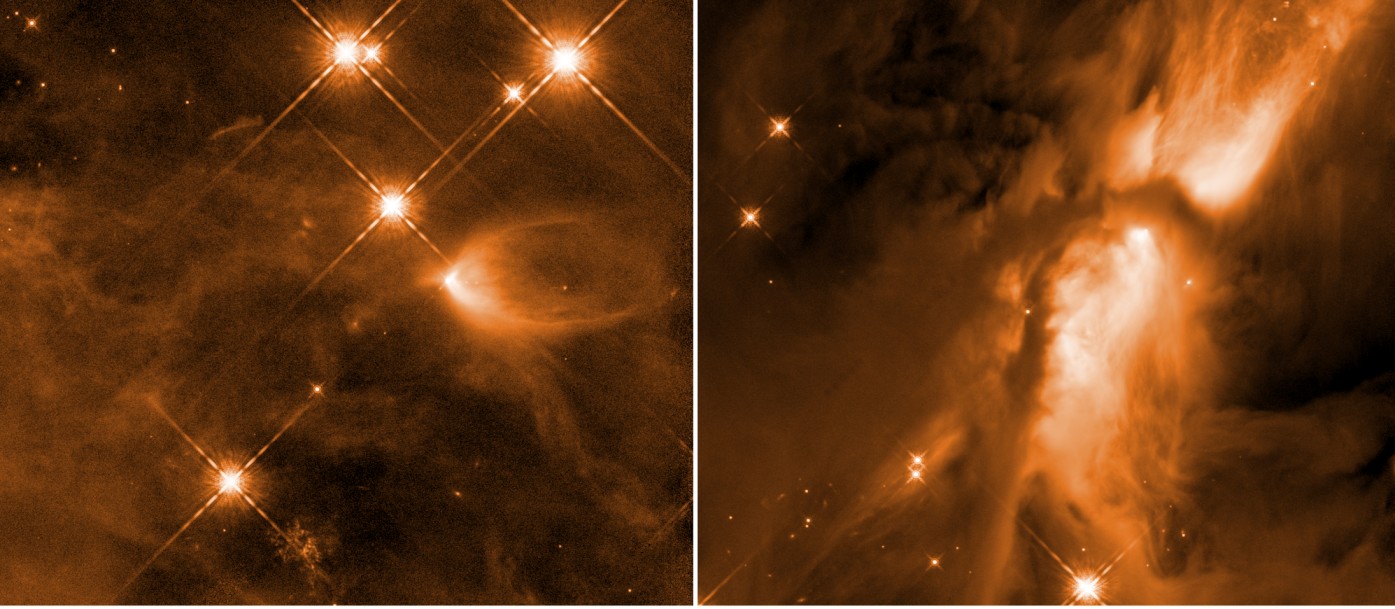Certain parts of the galaxy are more magical than others. There are barren wastelands where barely a particle strays through occasionally, and there are fantastical nebulae that can literally light up the sky. But beyond their good looks, those nebulae hold secrets to understanding some of the most important features of any galaxy – stars. Now, for the first time, a team from the University of Maryland managed to capture a high resolution image of one of the most active star-forming regions in our part of the galaxy. Data from that image are not only spectacular, but can illuminate the details of the star formation process.
Continue reading “One of the Brightest Star-Forming Regions in the Milky Way, Seen in Infrared”Black Holes don't Just Destroy, They Also Help With Star Formation
Black holes are the most powerful destructive forces in the universe. They can rip apart a star and scatter its ashes out of the galaxy at nearly the speed of light. But these engines of destruction can also pave the way for new stars to form, as a new study in Nature shows.
Continue reading “Black Holes don't Just Destroy, They Also Help With Star Formation”Star Formation Begins When Clouds of Gas Crash Into Each Other
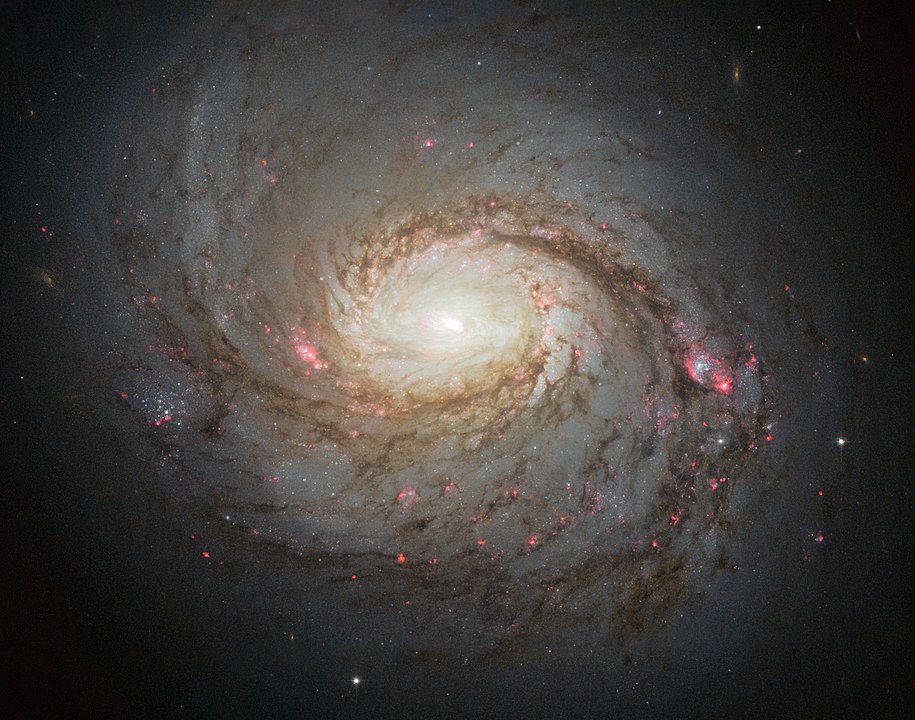
To trigger star formation, you need to compress a lot of gas into not a lot of volume. To make a lot of stars at once, you need to really pack it in. Until now, astronomers haven’t been sure how to pull this off. But a collection of 20 papers outlines how to do it: make giant clouds of gas crash into each other.
Continue reading “Star Formation Begins When Clouds of Gas Crash Into Each Other”There are new Stars Forming Near the Core of the Milky Way Despite the Harsh Environment
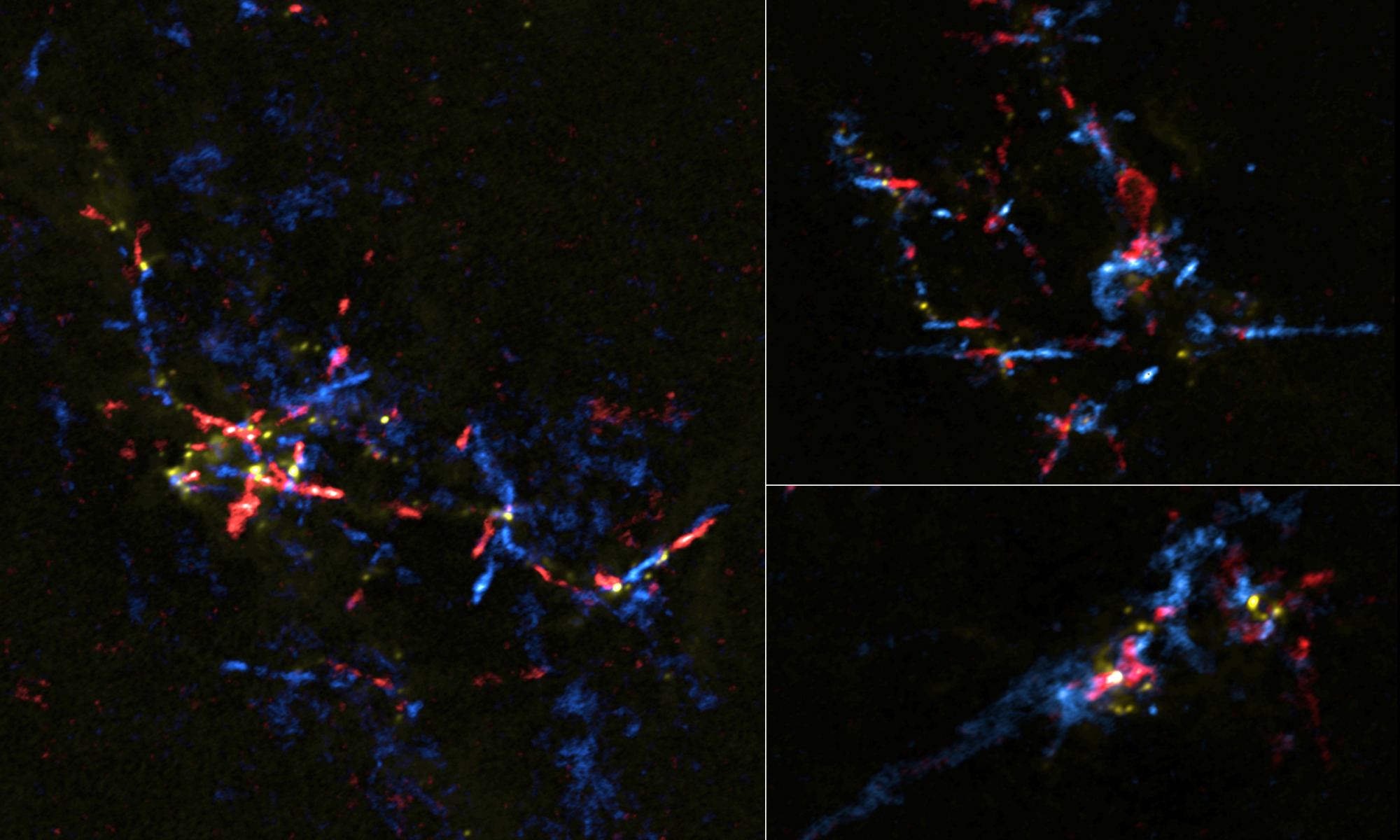
The central core of our galaxy is not a friendly place for star formation, and yet new observations have revealed almost four dozen newly-forming systems. These results challenge our understanding of the complicated physics of our galactic heart.
Continue reading “There are new Stars Forming Near the Core of the Milky Way Despite the Harsh Environment”Newly Forming Stars Don’t Blast Away Material as Previously Believed. So Why Do They Stop Growing?
We thought we understood how stars are formed. It turns out, we don’t. Not completely, anyway. A new study, recently conducted using data from the Hubble Space Telescope, is sending astronomers back to the drawing board to rewrite the accepted model of stellar formation.
Continue reading “Newly Forming Stars Don’t Blast Away Material as Previously Believed. So Why Do They Stop Growing?”The Core Of The Milky Way Is An Extreme Place
Astronomers always like to look at incredibly violent places. Violence, in the astronomical sense, makes for rare conditions that can explain much about our universe. One of the violent places that astronomers love to study is the center of our Milky Way galaxy. Now, astronomers from the Center for Astrophysics (CfA) at Harvard have come up with a new catalogue of some of the most intense areas near the galactic core. They hope it will increase our understanding of these potential star-forming regions – and help explain why so few stars are actually formed in them.
Continue reading “The Core Of The Milky Way Is An Extreme Place”Astronomers Can Predict When a Galaxy’s Star Formation Ends Based on the Shape and Size of its Disk
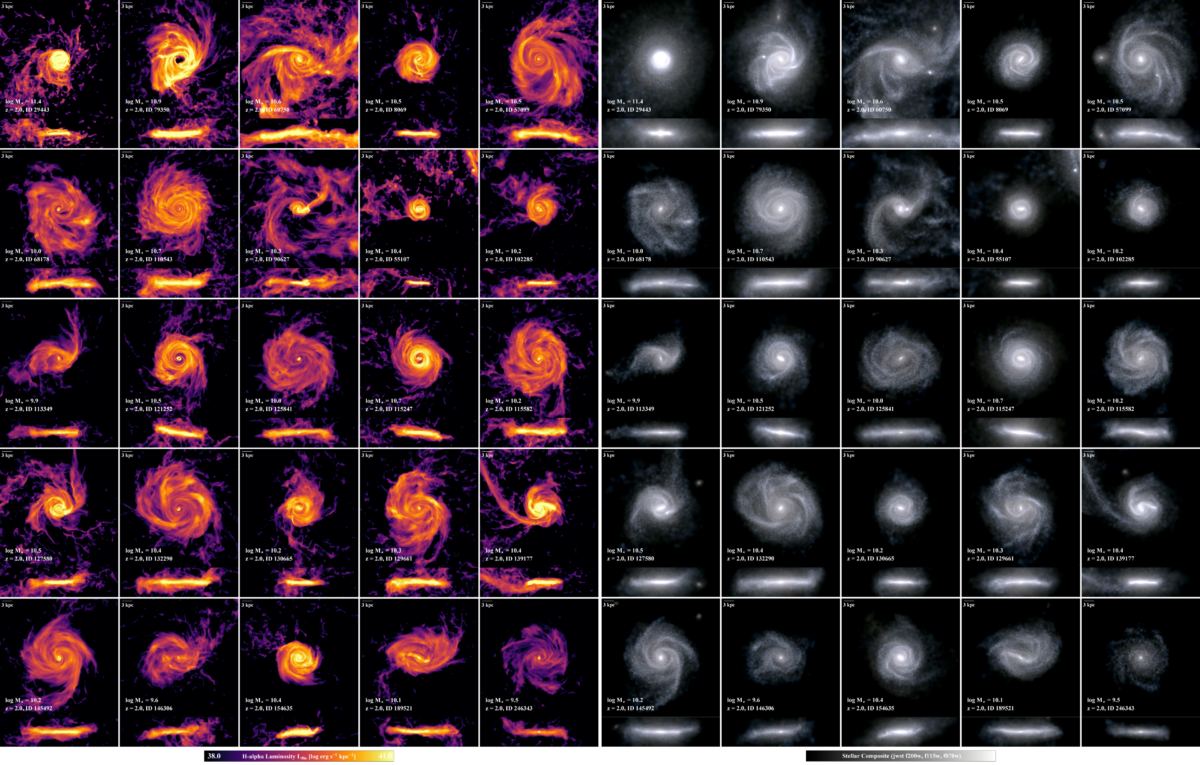
A galaxy’s main business is star formation. And when they’re young, like youth everywhere, they keep themselves busy with it. But galaxies age, evolve, and experience a slow-down in their rate of star formation. Eventually, galaxies cease forming new stars altogether, and astronomers call that quenching. They’ve been studying quenching for decades, yet much about it remains a mystery.
A new study based on the IllustrisTNG simulations has found a link between a galaxy’s quenching and its stellar size.
Continue reading “Astronomers Can Predict When a Galaxy’s Star Formation Ends Based on the Shape and Size of its Disk”Galaxy Mergers can Boost Star Formation, and it can Also Shut it Down
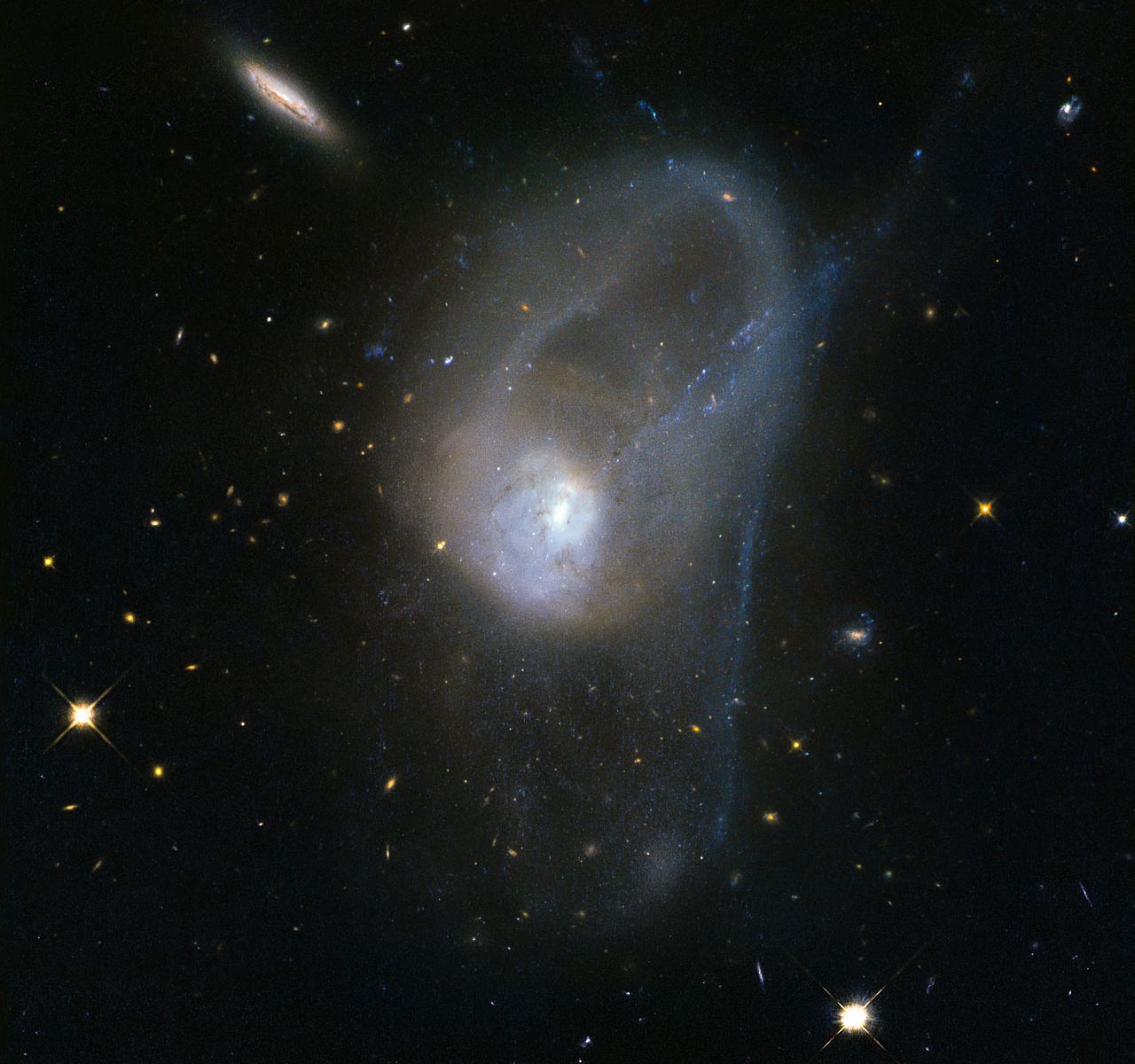
Galaxy mergers are beautiful sights, but ultimately deadly. In the midst of the collision, the combined galaxy will shine brighter than it ever has before. But that glory comes with a price: all those new stars use up all the available fuel, and star formation grinds to a halt.
Continue reading “Galaxy Mergers can Boost Star Formation, and it can Also Shut it Down”This is a Simulation of the Interstellar Medium Flowing Like Smoke Throughout the Milky Way
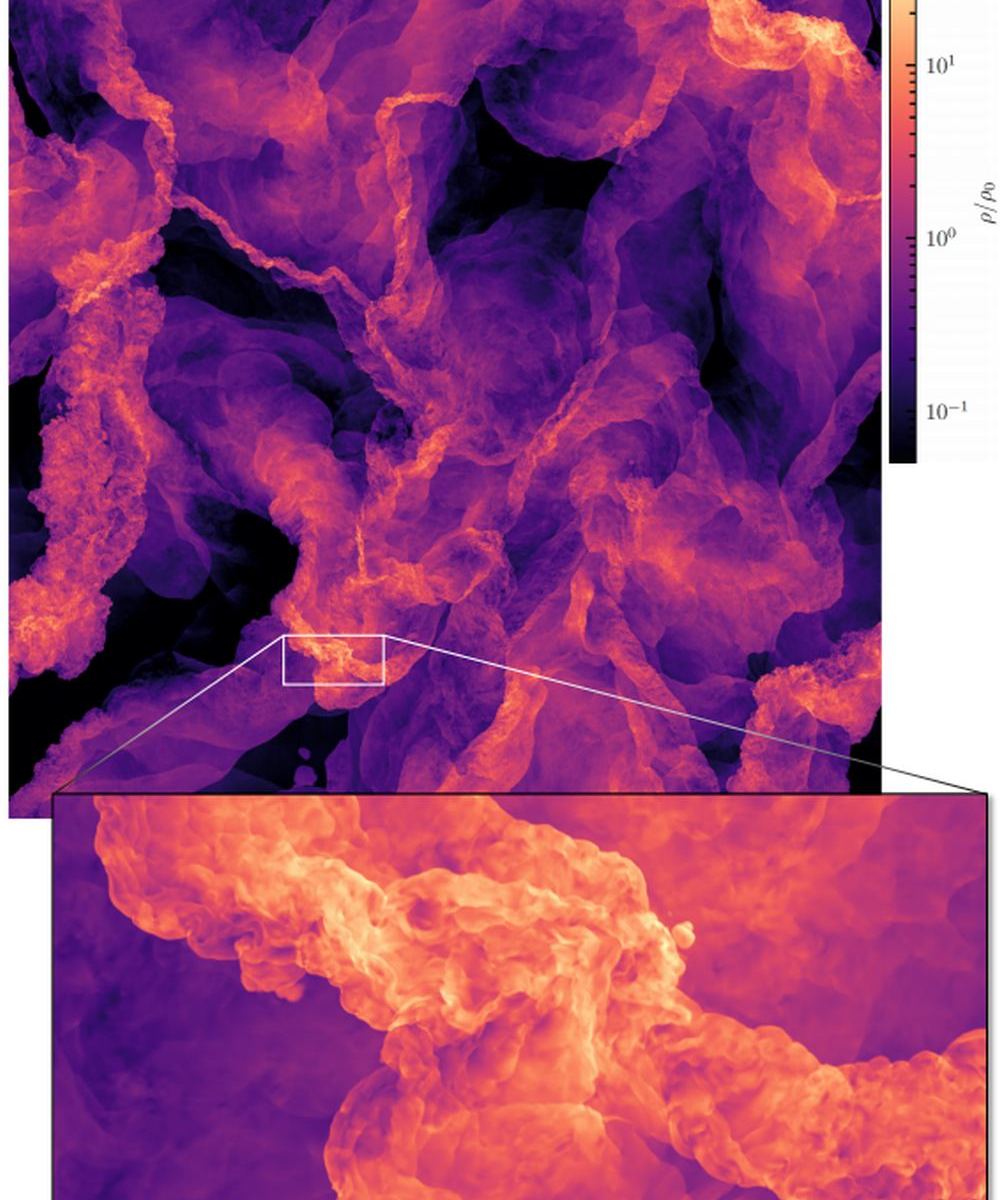
How do stars form?
We know they form from massive structures called molecular clouds, which themselves form from the Interstellar Medium (ISM). But how and why do certain types of stars form? Why, in some situations, does a star like our Sun form, versus a red dwarf or a blue giant?
That’s one of the central questions in astronomy. It’s also a very complex one.
Continue reading “This is a Simulation of the Interstellar Medium Flowing Like Smoke Throughout the Milky Way”This is the Fireworks Galaxy. It’s had ten Supernovae in the Last Century Alone
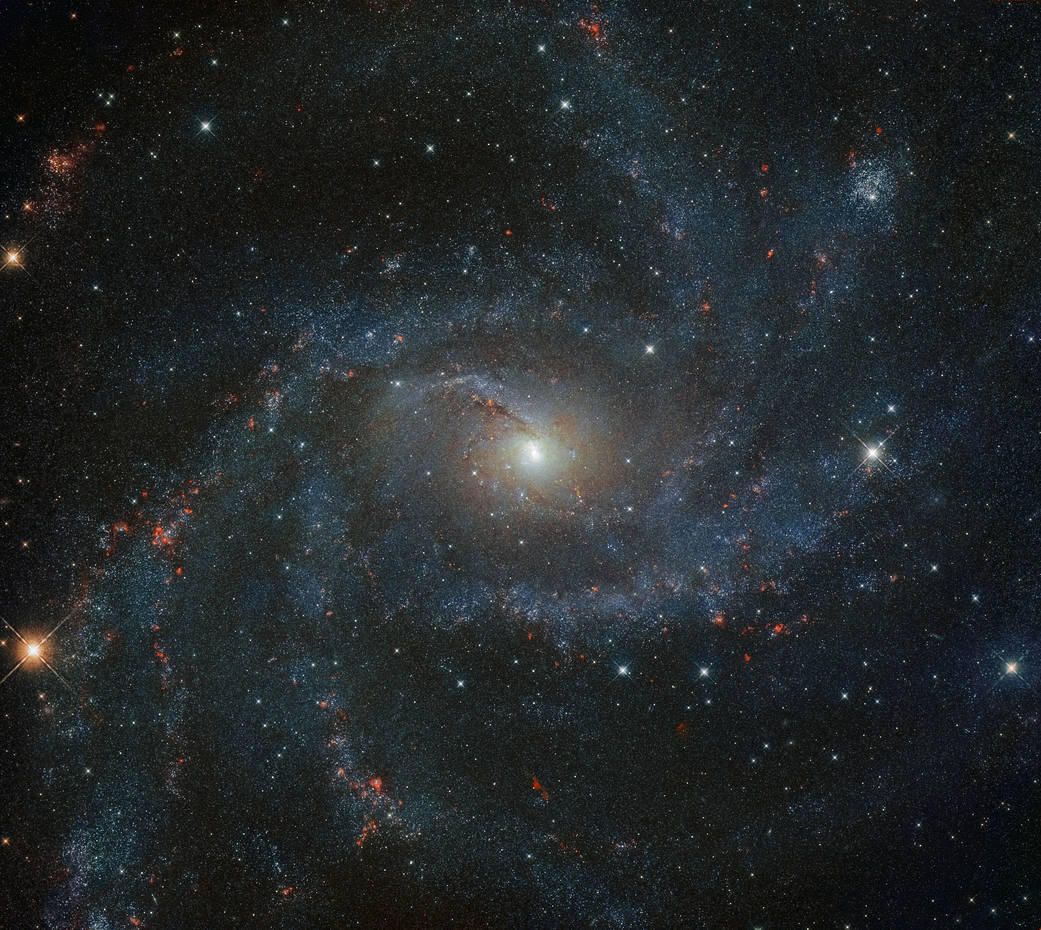
Say hello to NGC 6946, otherwise known as the Fireworks Galaxy. This little galaxy is the most prolific producer of supernovae in the known universe, popping off those incredible explosions roughly once a decade. It’s secret? An incredibly high rate of star formation.
Continue reading “This is the Fireworks Galaxy. It’s had ten Supernovae in the Last Century Alone”


